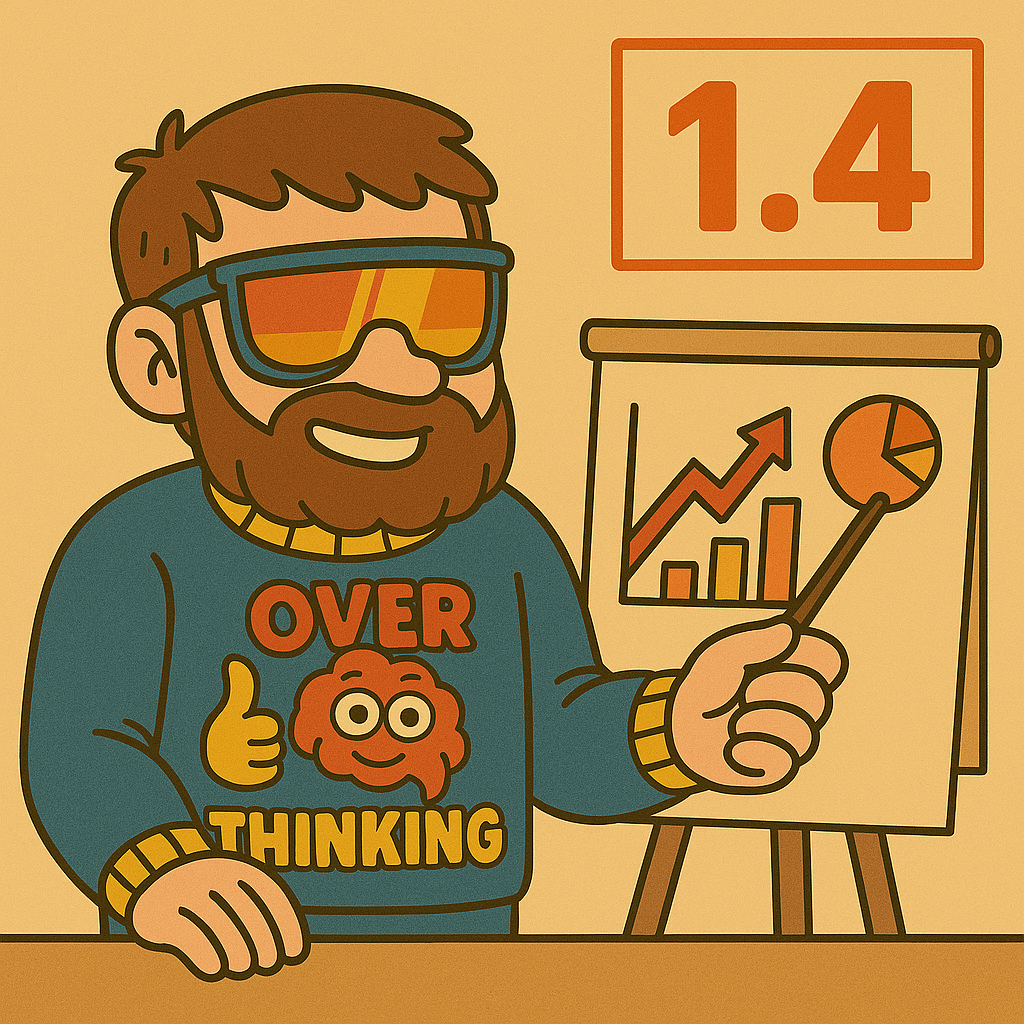Alright, you understand what media buying is and why it can be helpful. Maybe you’re feeling ready to start running your first ads.
Before you begin, let’s pause for a moment. It’s really important to set realistic expectations right from the start. This helps prevent disappointment and sets you up for a smarter approach – one focused on understanding your business data and taking clear steps based on what you learn.
Let’s get one thing straight immediately: your first ad campaigns are very unlikely to bring massive profits overnight. Forget any hype you might have seen about instant, huge results from a small starting budget. That’s not the goal here, and it’s not how sustainable growth typically works.
Focus on Learning & Diagnosing Your Website Funnel
So, if not instant riches, what should you realistically expect from those first campaigns, especially when starting small? Think of this initial phase as Learning and Understanding.
Your main goals should be:
Understand Your Website Funnel Costs: Find out what it actually costs to get visitors to take important steps after they click your ad. You need starting numbers for:
Cost per Landing Page Visit
Cost per Add to Cart
Cost per Initiate Checkout
Cost per Purchase (This is the final goal, but tracking the steps before it is essential).
Track the Customer Journey: See how many people move from one step to the next on your website. Where do most people leave or stop?
Learn the Basics: Get comfortable with setting up a simple campaign and finding the results reports.

The main purpose is to gather information specifically about your customer’s path on your website and the cost at each step. Expect to use that initial budget primarily to get this information. You might spend money without making it back immediately, but you’re buying essential knowledge.
Use Data to Find Where to Improve
What if you spend your first $200 and get no sales? That doesn’t mean the campaign was useless. Remember: you always get information, and that information tells you what steps to take next.
Think like a detective finding the problem area:
High Cost per Landing Page View? Maybe your website loads too slowly, check and improve website speed. If everything is alright, I’d suggest testing new ads with different pain points.
Getting Landing Page Views, but Very High Cost per Add to Cart? People reach your page, but don’t add products. Is the offer unclear? Product info weak? Page untrustworthy? Action: Analyze and improve the landing page content/offer.
Getting Add to Carts, but High Cost per Initiate Checkout? They add products but pause before starting checkout. Is the cart page confusing? Unexpected fees shown (like shipping)? Action: Analyze and improve the cart page.
Getting Initiate Checkouts, but Very High Cost Per Purchase? They get to the payment step but stop. This often points to checkout problems. Is your payment system difficult (missing options, seems insecure)? Are final shipping costs surprisingly high? Is the payment form too long? Action: Analyze and improve the checkout process.
By tracking these steps on your site, you stop guessing and start seeing the specific place that needs improvement. That’s valuable progress.
Setting Your Realistic Targets with Basic Math
How do you know if your cost for getting someone to your landing page, or adding to cart, is “good” or “bad”? You need to work backward from your profit goals.
Let’s use a common starting benchmark Conversion Rate (CR) of 2%. This means for every 100 people visiting your landing page, you might expect 2 to eventually buy. (Your rate could be different, but 2% is a reasonable starting point for many online stores).
Now, imagine your average Profit Per Sale is $40.
To break even with a 2% conversion rate, those 100 visitors need to result in $40 profit (from 2 sales).
This means you can spend, at most 0.40 per Landing Page View just to break even.
To make a profit, your cost per landing page view needs to be less than $0.40.
You can apply similar thinking to other steps, guessing typical drop-off rates (e.g., maybe only 10 out of 100 visitors add to cart). Perhaps you estimate a 30% drop-off between each main step (Landing Page -> Add to Cart -> Initiate Checkout -> Purchase).
The exact numbers will depend entirely on your business, profit margin, and how well your website converts visitors. BUT the important idea is: calculate your own target costs for each step.
Once you have these rough targets (e.g., “My cost per landing page view needs to be under $0.50,” “My cost per add to cart needs to be under $5,” “My cost per purchase needs to be under $25 to make money”), then you can look at your first campaign’s data and ask:
Are these costs realistic for my business with my current setup?
Which specific step is costing much more than my target? That’s where I need to improve things first.
Summary: Focus on Data and Improvement
Setting realistic expectations means changing your focus. It’s about:
Knowing your numbers (profit margin, target costs per step).
Tracking the full customer journey on your website. (GA4, Facebook ads pixel or any additional tracking software)
Using initial ad spend as an investment to get diagnostic data.
Finding specific bottlenecks where costs are too high or people leave your funnel.
Making clear improvements to that specific stage.
Testing continuously and patiently.
Media buying becomes much less like gambling when you treat it as a methodical process of understanding your funnel, finding problems, and making improvements based on data.
Ready to approach it this way? Great. Now that we know what to realistically expect, let’s talk about the essential preparation needed before you launch anything…

Leave a Reply